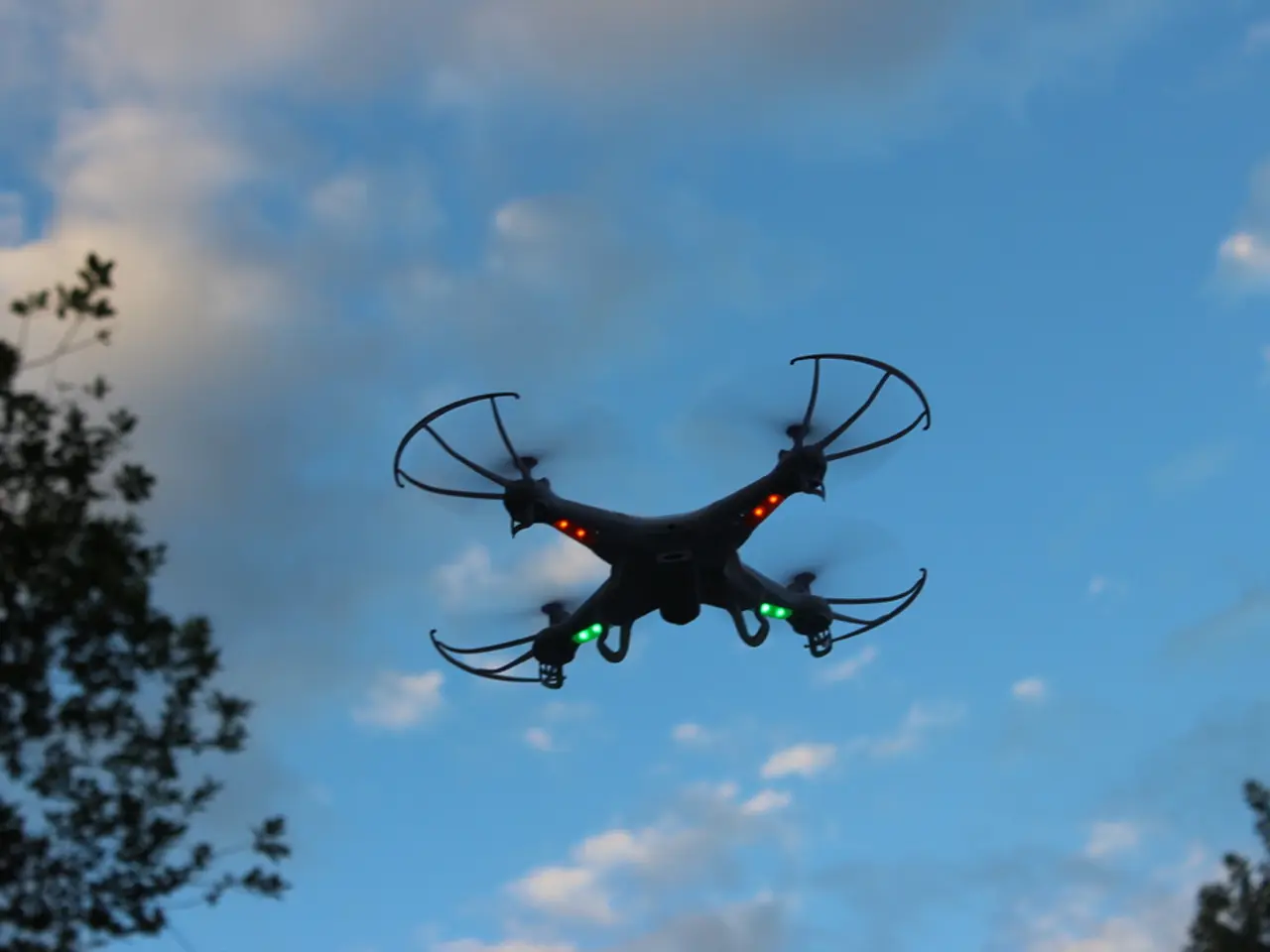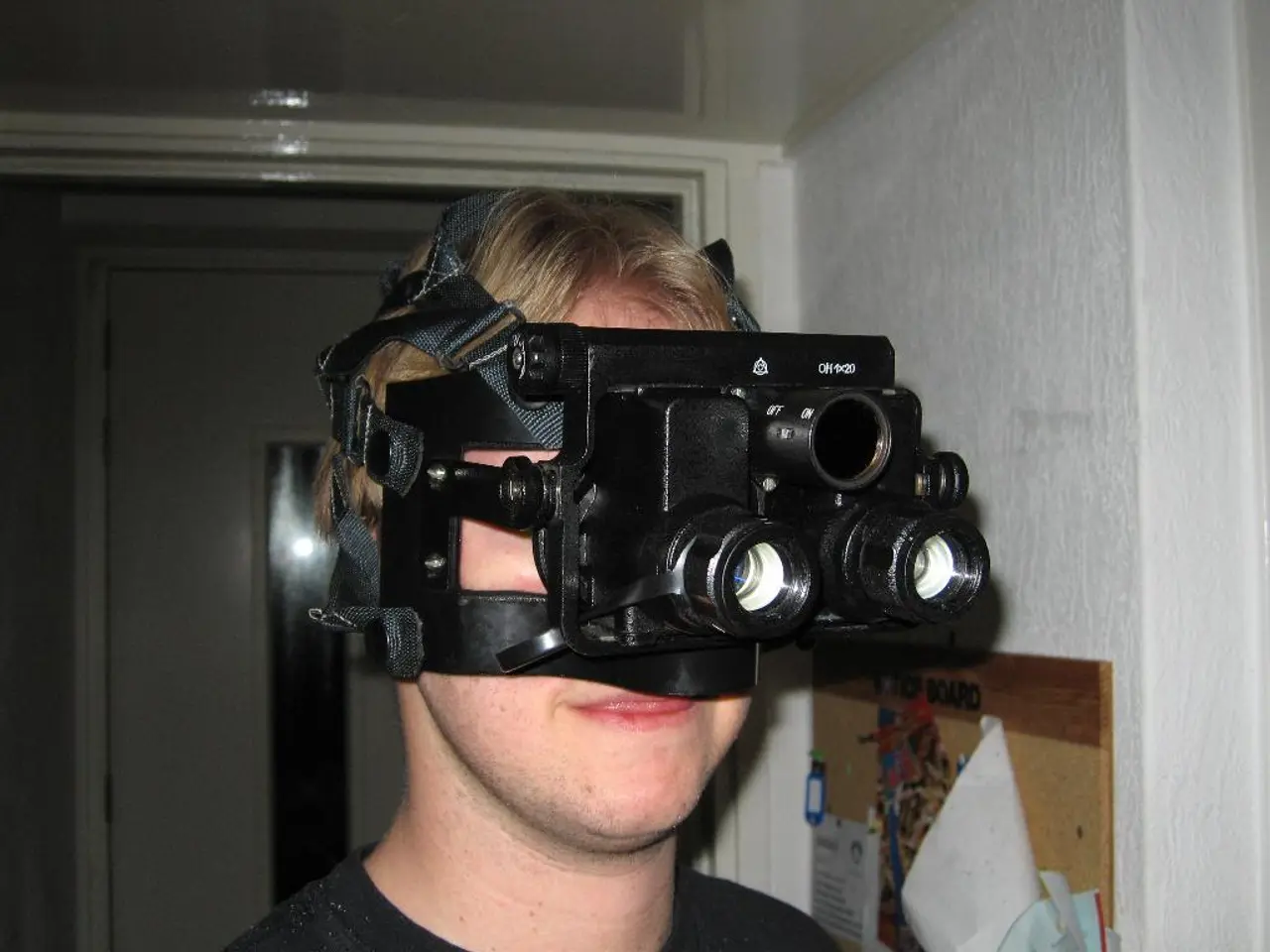Drone-in-a-Box Technologies Transforming the Drone Sector
Revolutionizing Aerial Operations: The Rise of Drone-in-a-Box (DiaB) Systems
In a significant leap forward for aerial technology, our website is proud to offer an integrated platform that supports Drone-in-a-Box (DiaB) systems. These innovative systems simplify the deployment and management of drones, improving efficiency and safety, while reducing labor costs and maximizing drone uptime.
DiaB systems are currently applied extensively in public safety, security, and critical infrastructure management, offering autonomous, continuous, and remotely managed aerial monitoring and inspection capabilities.
Public Safety and Security
Autonomous drones housed in locked enclosures ("boxes") can deploy immediately on demand without human pilots, enabling rapid surveillance and security patrolling. They provide real-time video and sensor data to security personnel for crime deterrence, perimeter patrols, and emergency response in public venues or private properties.
The integration of advanced payloads such as high-resolution cameras, LiDAR scanners, chemical/gas sensors, and 5G connectivity enhances situational awareness, threat detection, and decision-making, especially in critical or hazardous environments. These systems reduce risks to human operators by performing missions in GPS-denied or communication-limited zones, making them valuable for tactical autonomy and law enforcement.
Critical Infrastructure Management
DiaB drones perform regular, autonomous inspections of infrastructure assets like power lines, pipelines, wind turbines, and other industrial equipment, collecting high-quality visual and sensor data for anomaly detection and predictive maintenance. Automated, contactless recharging or battery swapping enables 24/7 operation without human intervention, ensuring continuous monitoring with minimal downtime.
The combination of autonomous deployment and AI-powered analytics facilitates proactive risk management of critical infrastructure, preventing failures and optimizing maintenance with lower operational costs.
Additional Benefits
Reducing labor and operational costs by eliminating the need for on-site pilots, controllers, or repeated manual inspections, DiaB systems offer numerous advantages. They provide rapid situational awareness during emergencies, natural disasters, or security breaches, improving response times and coordination. Modular payloads allow quick adaptation to diverse missions, from public safety to industrial surveillance and environmental monitoring.
Current advances, such as 5G-enabled payload ecosystems, further solidify DiaB systems as a transformative technology for real-time, autonomous aerial operations. These systems are already operational in various industries and continue to expand their capabilities with AI, edge computing, and improved autonomous flight systems.
Our website's platform enables organizations to remotely manage pre-flight checklists, firmware updates, and maintenance protocols for DiaB systems. In Search and Rescue (SAR) operations, drones can reach the scene within minutes, providing immediate intelligence about the location and condition of missing persons. Drones can also provide real-time data to operators who remotely monitor the health and safety of critical infrastructure.
Drones deployed as first responders can assess the scene of an incident, offering critical information before officers arrive on-site. In the security sector, DiaB systems represent a significant leap forward in how facilities are monitored and protected. With DiaB systems, drone pilots no longer need to be physically present at the launch site.
Docking stations strategically placed across various locations allow drones to be deployed, landed, and charged autonomously. Drones can be programmed to respond to triggers, such as an alarm going off or unauthorized access being detected, immediately. The shift to remote drone management increases operational flexibility and introduces the concept of one pilot managing multiple drones.
The future of drone operations is autonomous and remote, with DiaB systems playing a key role in enabling this future. Our website has already integrated multiple DiaB systems into its Drone Operations Center, making it easier for organizations to take advantage of this technology. Embrace the future with Drone-in-a-Box systems.
[1] "Drone-in-a-Box (DiaB) Systems: Transforming Drone Operations." Our Website, www.ourwebsite.com/drones.
[2] "Autonomous Drone-in-a-Box Systems: Applications and Benefits." Our Website, www.ourwebsite.com/autonomous-drones.
[3] "Drones as First Responders: The Role of Drone-in-a-Box Systems." Our Website, www.ourwebsite.com/first-responder-drones.
[4] "5G-Enabled Payload Ecosystems: The Future of Drone-in-a-Box Systems." Our Website, www.ourwebsite.com/5g-drones.
[5] "Drone-in-a-Box Systems: Integrating AI, Edge Computing, and Improved Autonomous Flight Systems." Our Website, www.ourwebsite.com/ai-drones.
- DJI's Drone-in-a-Box (DiaB) systems integrate seamlessly with our platform, enhancing operational flexibility for autonomous aerial operations.
- With DiaB systems, teams can execute checklists for pre-flight, firmware updates, and maintenance procedures remotely.
- The management of DiaB drones offers a safety-first approach by conducting remote operations in GPS-denied or communication-limited zones.
- These systems adhere to compliance measures, making them a viable option for various industries, including public safety, security, and critical infrastructure.
- Gadgets like high-resolution cameras, LiDAR scanners, and gas sensors, when combined with 5G connectivity in DiaB drones, empower teams with real-time data in remote locations.
- Technology advancements in DiaB systems provide a significant edge in terms of maintenance, as they allow for predictive and proactive measures, increasing the lifespan of equipment.




